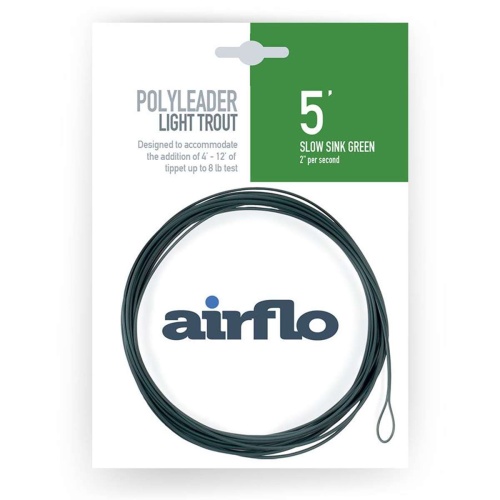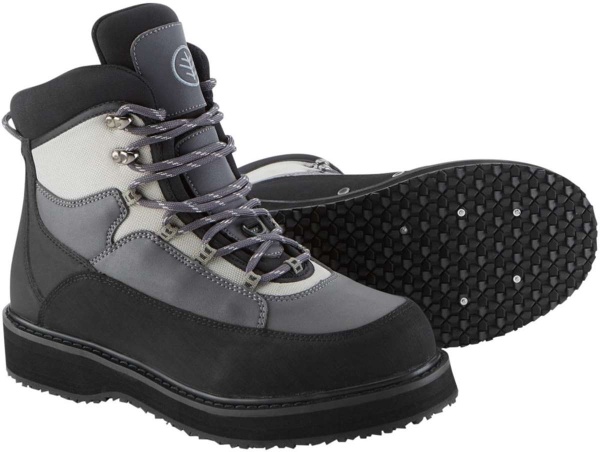 We've said before how important it is to choose the right fly reels for the job. Some reels can be much more expensive than others, depending on the type of "drag system" they use. The most common reel – a click and pawl – has no drag system. The only drag on these is the amount of pressure the angler applies to the rim of the reel, if it has an exposed rim.
We've said before how important it is to choose the right fly reels for the job. Some reels can be much more expensive than others, depending on the type of "drag system" they use. The most common reel – a click and pawl – has no drag system. The only drag on these is the amount of pressure the angler applies to the rim of the reel, if it has an exposed rim.
With drag systems the smoothness of the drag, or how far the spool turns before the drag actually engages is important. If you get a “ping” sound when the line is peeling off the reel it means the fish is pulling and you’ve hit a slack spot before the drag has kicked in. The solution is probably a better reel, and it’s worthwhile choosing a more expensive one. Remember: don't mess about with the drag once you have a fish on. Always adjust the drag before you begin fishing. And tighten it just to the point the reel does not overrun when you strip line from the reel. One more point – the more you fish, the more important the drag becomes.
The higher price bracket of this piece of kit includes reels for saltwater use. Without suitable protective coating, reels will corrode and seize up. Salt water dries into crystals which adhere to untreated metals. But even a treated or power coated reel will corrode if it gets a dent or chipped paint. Fishermen in the know always rinse their reels – even the saltwater proofed ones – in clean freshwater after each use. Here’s something worth doing after each day’s fishing. Remove the reels from the rods and put them in a bowl of tap water. After an hour remove the spools from the reels, rinse them under running water and dry them off with paper towels. Next day a drop of very light oil on the working mechanism before the spool goes back into the reel body. For such a small amount of maintenance you can add years to the life of your fly reels.






















